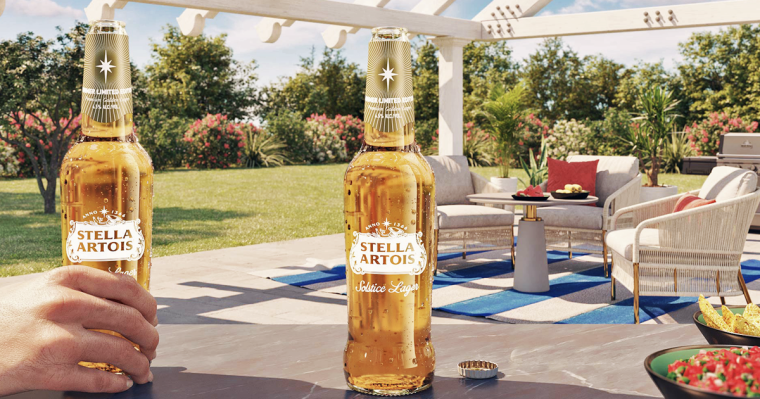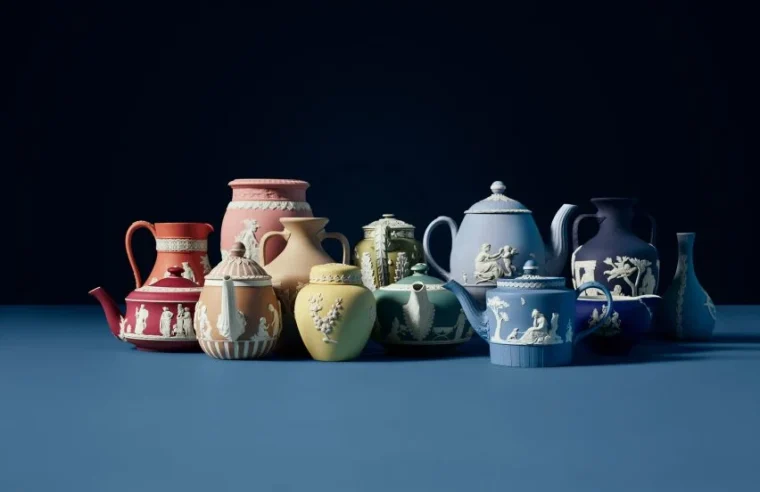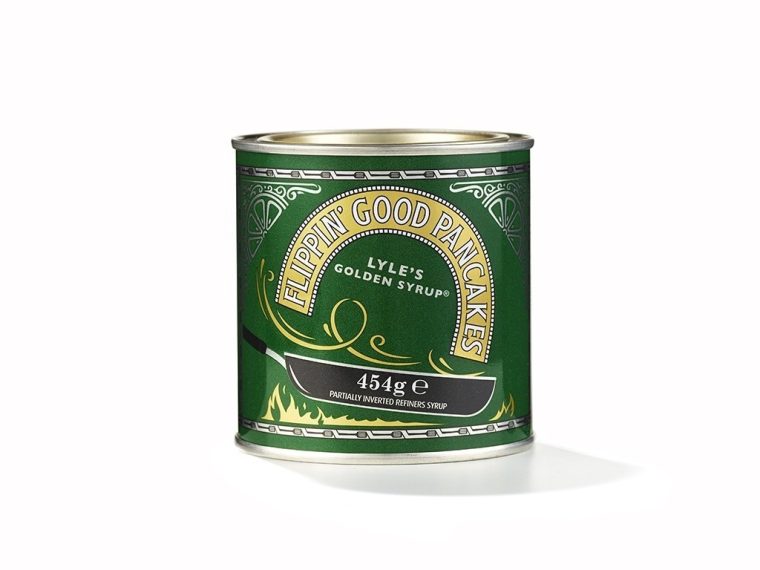Branding personifies the name and respect of a company, making it easier for consumers to connect with and trust it. Aside from that, brands carve out an industry specialty and appear as the ideal place to reach out to discover new things and trends. Vulkan Vegas, for example, is one of the best locations for online gamblers to find new games, slot machines, and industry news.
Amazon, Apple, Coca-Cola… the vast majority of global brands one may think of were founded in the 20th century. But whereas the need for branding is more prevalent today, the principle has always existed. Here are some of the oldest global brands that have stood the test of time and continue to do so.
Stella Artois Beer: Belgium Origins Tracing Back to the 14th Century

The Stella Artois beer was launched after World War I in 1926 as a Christmas-special brew in Leuven. But there is a centuries-old history behind the brewery, which opened originally in 1366 as Den Hoorn.
The business was bought and rebranded by one Sebastien Artois in 1717, who used to be the head brewmaster. Artois changed the name of the brewery to Brouwerij Artois. By 1930, the beer was accessible all year and was being exported to other European markets. Today, it is a highly popular beer brand sold across 80 countries, including Canada, the UK, Ireland, and Australia, and it is soon to come to America as well. As of 2024, the Stella Artois brand is owned by Interbrew International B.V., a subsidiary company of Anheuser-Busch InBev SA/NV, the largest brewer in the world.
Perhaps the most distinctive attribute of this brand is its authenticity and the fact that little has changed about its distinct flavor and great quality, which is typically stronger than most mainstream beers. The company logo, which has also remained consistent for a long time, is a distinctive characteristic that is bold and timeless, and it has a direct impact on customers.
Wedgewood Homeware Started in the 18th Century

When one independent and imaginative potter, Josiah Wedgewood, founded his own business in 1729, he made history through a series of meticulously designed experiments. Wedgwood’s distinctive and astonishingly beautiful inventions, including the iconic Jasperware, dry-body, and black basalt stoneware, are still regarded as the pinnacle of taste and elegance around the world.
But, in terms of branding, Wedgwood displayed some unique strategies that were well ahead of their time. He used direct mailing, free delivery services, and money-back policies in addition to standard direct marketing techniques. He also used attractively designed catalogs, a money-back promise, and celebrity endorsements.
In 1767, Wedgewood presented Queen Charlotte with a tea set made of his “white pearlware.” The Queen was so happy with it that she granted Wedgewood the right to call it “Queen’s Ware.” And he also worked vigorously for the abolition of slavery and raised his voice for social causes.
Wedgwood’s innovative designs and dedication to quality earned him the name of “Father of English Potters.” And his humanitarian efforts earned him a special position in society and history. These stories are true, as is Wedgwood’s heritage, which continues to enchant collectors throughout the world, with stores across Canada, the US, Europe, and the Asia Pacific.
Tate & Lyle’s Golden Syrup

Lyle’s Golden Syrup’s tale began in 1881 when Abram Lyle built a sugar refinery on the banks of the Thames and produced a delicious golden syrup. Tate & Lyle’s Golden Syrup’s unmistakable green and gold tin was officially recognized as Britain’s oldest brand and joined the Guinness World Records book in 2006 for remaining unchanged all through. According to research, over 86% of buyers would recognize the tin by the logo and color pattern.
With so many syrups and similar products in the world, this golden syrup continues to be one of a kind. But it is the brand’s constant progress to evolve with time and market demands that have allowed it to thrive in the market.
New and exciting products, like new flavors of dessert toppings, baking essentials, and breakfast bottles of specialty syrups, are the best examples of why buyers will come back for more.
Beretta Firearms Have Fought the Wars of Time Since the 16th Century

Beretta is an Italian manufacturer of firearms founded way back in the 16th century, which is the world’s oldest active manufacturer of weapon components and a global brand still thriving.
The story of Beretta begins in 1526 with the production of Arquebus Barrels, their inaugural product that equipped the Venetian fleet at the Battle of Lepanto in 1571. Over the centuries, the company has produced almost all kinds of portable weapons, including semi-automatic pistols, revolvers, shotguns, to larger guns, including assault rifles and grenade launchers.
Owned by the same family for over 500 years and 15 generations, Beretta survived the test of time, several wars, and peace endeavors, with their constant involvement with Governments and Military officials. Beretta firearms, and shooting clothes and merchandise are used world-over by civilians, sports, law enforcement, and military officials alike.
Recently, the brand has launched its online store where they sell all their guns and gun accessories and also market their brand through merchandise, clothing, and fashion accessories. This mark of ultimate safety and trust has made this brand thrive for centuries and will continue to do so in the future.
Of course, there are many global brands out there that are still operating, but the ones mentioned here are the most stalwart examples of the idea of the oldest global brands that reach most parts of the world, and there is a lesson in each of their stories about how they have managed to thrive over the years and centuries, that modern brands can watch and learn from.
